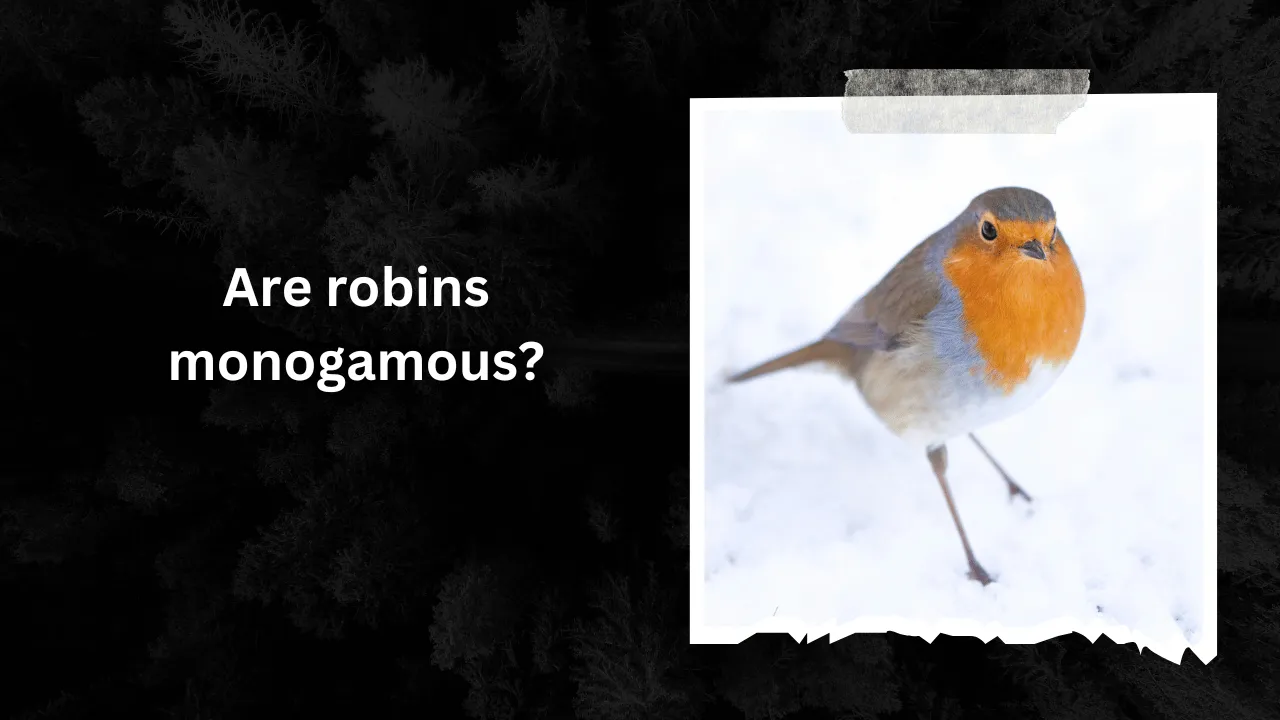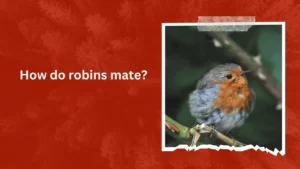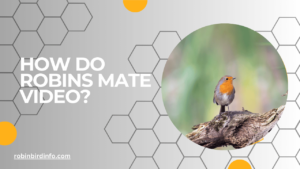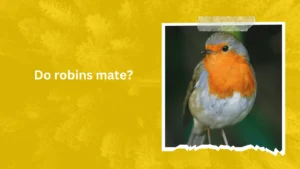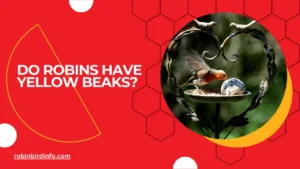We all know the heartwarming image: a pair of Robins perched lovingly on a branch, chirping sweet nothings to each other.
But have you ever witnessed a Robin chase another bird away from its territory, seemingly fueled by jealousy? The truth is, Robin relationships might not be as simple as a lifetime of love and devotion.
This blog post dives into the fascinating world of Robin romance.
We’ll explore the concept of monogamy in birds, and whether Robins truly fit the bill. We’ll delve into their courtship rituals, chick-rearing duties, and the surprising truth about extra-pair copulations. So, grab a cup of coffee and get ready to see Robins in a whole new light.
You might be surprised to learn that their love lives are full of twists and turns, just like in some human relationships!
Contents
Pair Bonding and Mating Systems
Monogamy, a mating system where individuals form a pair bond with a single partner, is a common strategy among birds.
However, the degree of monogamy can vary. Social monogamy refers to the formation of a long-term pair bond, but it does not necessarily mean exclusive mating. Genetic monogamy implies that individuals mate exclusively with their social partner.
Robin Mating Behavior
Robins are typically socially monogamous. They form pair bonds during the breeding season and work together to build a nest, incubate eggs, and raise young. The pair bond is essential for successful reproduction, as both parents contribute to the care of the offspring.
Courtship displays play a crucial role in pair formation. Male Robins may sing elaborate songs and perform aerial acrobatics to attract females. Once a pair bond is formed, the male and female often work together to select a suitable nest site and build the nest.
Extra-Pair Copulations
Despite forming pair bonds, Robins may engage in extra-pair copulations. This behavior, while common in many bird species, can have various motivations, including increasing genetic diversity and securing additional resources for offspring.
Several factors can influence the likelihood of extra-pair copulations, such as the quality of the social partner, the availability of extra-pair mates, and the specific benefits that individuals can gain from such behavior.
Extra-pair copulations can have significant genetic consequences. They can increase genetic diversity within populations, leading to greater adaptability and resilience to environmental challenges. Additionally, they can provide opportunities for mate choice, allowing individuals to select partners with desirable traits.
Challenges to Pair Bonding
Several factors can challenge the stability of pair bonds in Robins. Habitat loss and fragmentation can disrupt breeding territories and reduce the availability of suitable nesting sites. Predation and parasitism can increase stress levels and reduce reproductive success. Human disturbance can also negatively impact pair bonds, as it can disrupt nesting behavior and increase stress levels.
Conservation Implications
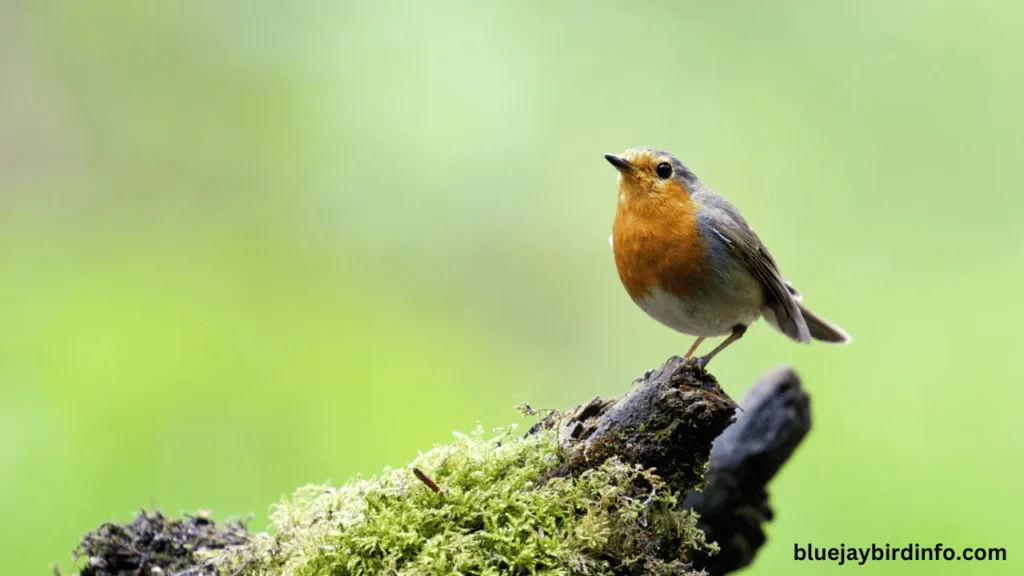
To protect Robin populations and promote successful breeding, it is essential to conserve their habitats. Protecting breeding habitats such as forests, woodlands, and urban parks is crucial for providing suitable nesting and foraging sites.
Minimizing human disturbance during the breeding season can also help to reduce stress on Robin pairs and increase their reproductive success. Avoiding disturbance of nests, keeping pets away from nesting areas, and using caution when gardening near nesting sites can all contribute to a more favorable environment for Robins.
Supporting conservation organizations dedicated to protecting birds and their habitats is another important way to help ensure the long-term survival of Robin populations. By donating to these organizations, volunteering, or participating in citizen science projects, individuals can make a positive impact on bird conservation.
Conclusion
While American Robins are often perceived as monogamous, their mating systems are more complex. While pair bonds play a crucial role in their reproductive success, extra-pair copulations can also occur.
Understanding the factors that influence Robin mating behavior and the challenges they face is essential for their conservation. By protecting their habitats and minimizing human disturbance, we can help ensure the survival of these beloved birds.
FAQ’s
Are Robins truly monogamous?
While Robins often form pair bonds and work together to raise their young, they can engage in extra-pair copulations. This means that they may mate with individuals outside their pair bond.
How long do Robin pair bonds last?
Robin pair bonds can last for multiple breeding seasons. However, the strength of these bonds can vary, and some pairs may separate or form new partnerships.
What are the benefits of extra-pair copulations for Robins?
Extra-pair copulations can increase genetic diversity, which can enhance the survival and reproductive success of offspring. They can also provide opportunities for individuals to assess the quality of potential mates and improve their reproductive success.
How do Robins choose their mates?
Robin mate choice can be influenced by various factors, including song quality, territory quality, and physical appearance. Males may use elaborate courtship displays to attract females.
What is the role of the male Robin in raising young?
Male Robins play a significant role in raising their young. They help build the nest, incubate the eggs, and feed the chicks. They also defend the nest and territory from predators.
What threats do Robin pairs face?
Robin pairs face various threats, including habitat loss, predation, and disease. Human activities, such as deforestation and pesticide use, can also negatively impact Robin populations.

